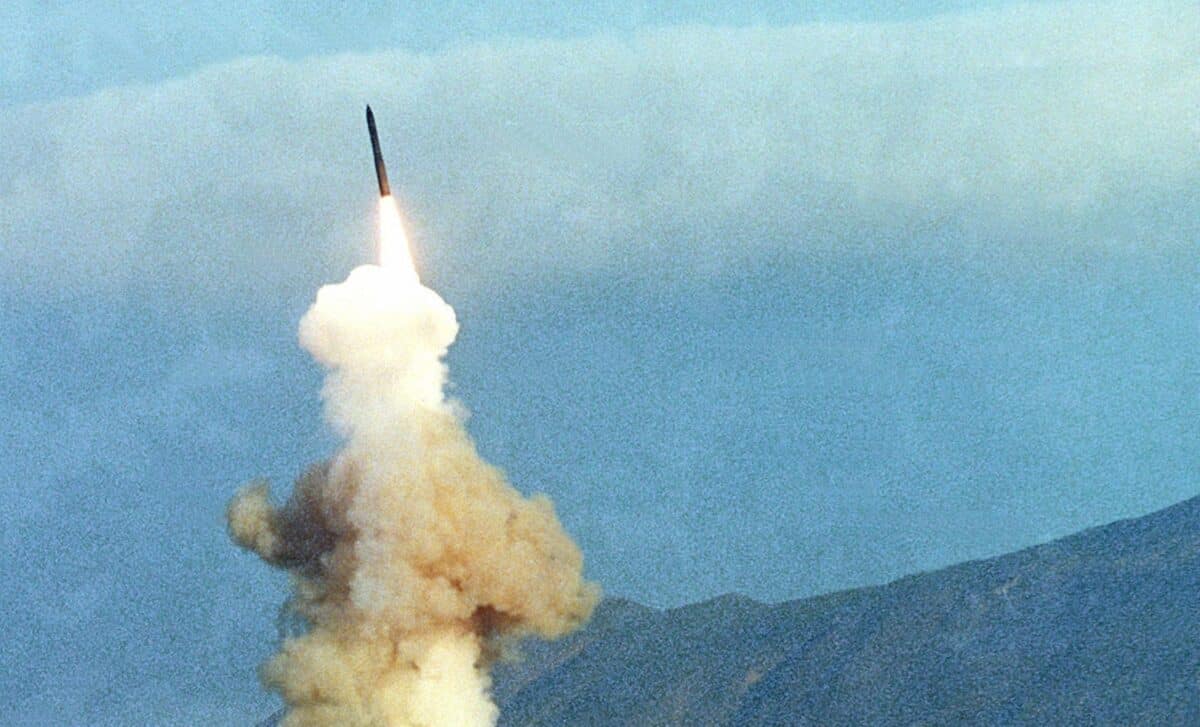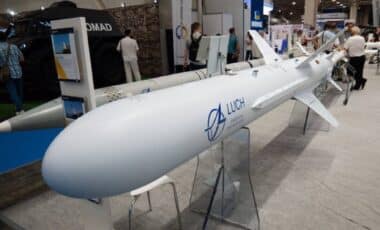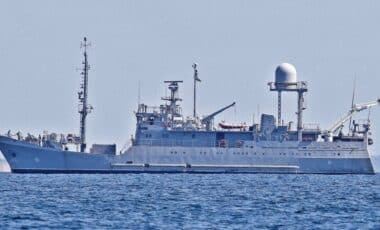Russia is accelerating its efforts to develop and deploy hypersonic weapons, with potential geopolitical ramifications that could destabilize international relations. Recently, the country issued a restricted airspace notice over the Kapustin Yar missile test site, signaling a likely test of the RS-26 “Oreshnik” missile, a highly advanced hypersonic weapon. The development of such weapons, which could strike distant targets with nuclear payloads, is raising alarms, particularly in Europe and the United States.
This new phase in Russia’s missile technology poses a serious challenge to existing defense systems. Hypersonic weapons, like the RS-26, are capable of reaching speeds exceeding Mach 10, making them difficult to intercept. The missile’s range and speed are enough to threaten key locations in Europe and even the West Coast of the U.S. Furthermore, its nuclear-capable payloads add a layer of unpredictability and concern, particularly as Russia signals its readiness to use these weapons in future military actions.
Rocket Cargo: The American Rocket Capable of Deploying Troops and Equipment Within 90 Minutes on Earth
The RS-26 “Oreshnik” and Its Capabilities
The RS-26 “Oreshnik” is a long-range hypersonic missile that has drawn considerable attention due to its speed and payload capacity. The missile can travel at speeds up to Mach 10, or more than 12,000 kilometers per hour, making it nearly impossible for existing missile defense systems to intercept.
With a range of approximately 4,800 kilometers, it could reach targets across Europe and even hit the West Coast of the United States. This capability has raised serious concerns, as it effectively neutralizes the defensive measures currently in place by Western nations.
What makes the “Oreshnik” particularly alarming is its ability to carry nuclear payloads. The missile’s design makes it a strategic asset capable of altering military balances, as its deployment could dramatically increase the threat to both European and American territories.
According to Armées, this weapon was demonstrated during an attack on the Ukrainian city of Dnipro in November 2024, underscoring its operational readiness. These factors highlight the growing capabilities of Russian military technology, further intensifying tensions on the global stage.
Geopolitical Tensions and Russian Intentions
Russia’s growing arsenal of hypersonic missiles is not just a military concern but also a geopolitical one. According to analysts, the recent restrictions on airspace near Kapustin Yar, which were imposed in May 2025, suggest that Russia might be preparing for an imminent test launch of the “Oreshnik.”
These airspace closures typically precede missile tests and are often a sign of escalations in military activity. The restrictions remained in effect from 12 to 13 May, between 6:00 AM and 4:00 PM local time, and applied from the ground to an unlimited altitude, making it clear that significant activity was underway.
Such missile tests are often a prelude to further military operations, particularly when they coincide with heightened tensions. These developments seem to be a direct response to recent decisions made by Western powers, particularly the U.S. and the UK, who have allowed Ukrainian forces to launch long-range cruise missiles targeting Russian positions. As reported by the source, Moscow’s actions also seem to send a broader message to the West: either negotiate with Russia or prepare for the consequences of hypersonic missile strikes.
Moscow appears to be sending a clear message: those who support Ukraine’s military capabilities should be prepared for potential retaliatory actions involving hypersonic strikes. These weapons allow Russia to project power and send a warning to the West, reinforcing its stance in ongoing regional conflicts. By demonstrating its missile capabilities, Russia is not only signaling readiness to engage in further escalations but is also reminding global powers of its technological advancements.
Western Defense Systems and Their Vulnerabilities
The RS-26 “Oreshnik” poses a significant challenge to current Western defense systems, which are largely ill-equipped to deal with hypersonic threats. As pointed out by experts, the U.S. THAAD (Terminal High Altitude Area Defense) system, considered one of the most advanced missile defense systems, is ill-prepared to intercept missiles like the “Oreshnik.” The missile’s speed and trajectory make it a tough target for even the most sophisticated air defense mechanisms in place today.
A notable example of the challenges posed by hypersonic weapons occurred when the Palestinian-2 missile, fired by Houthi rebels in Yemen, successfully evaded Israel’s THAAD system during an attack on Ben-Gurion Airport. This incident highlights the vulnerability of Western missile defense systems, particularly when faced with advanced hypersonic technology.








